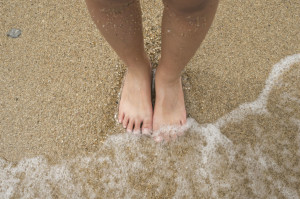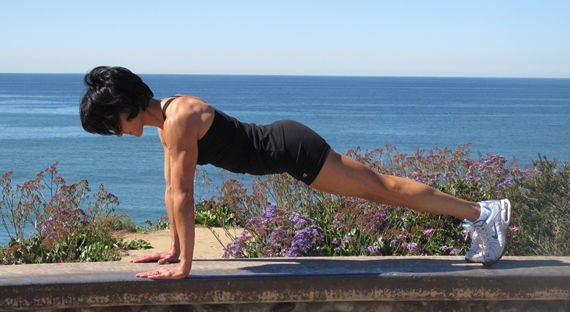 During my years as a competitive power lifter I utilized cross training to enhance my performance. Each summer I selected a completely different activity from my usual training to stimulate mind, body and spirit. One of my most memorable experiences was the season when I took instruction in Goju Ryu, an Okinawan style of Karate.
During my years as a competitive power lifter I utilized cross training to enhance my performance. Each summer I selected a completely different activity from my usual training to stimulate mind, body and spirit. One of my most memorable experiences was the season when I took instruction in Goju Ryu, an Okinawan style of Karate.
Goju Ryu is a close contact encounter with hard and soft techniques. Although Goju Ryu includes kicks, takedowns and throws, most of my training was centered on grappling, circular hand motions, breathing and concentration.
My favorite workouts were at the beach practicing Katas. Katas are prearranged sequenced movements for exercise and training used widely among the martial arts. Other exercises included the low and very wide stance generally referred to as a “sumo stance” which was incredibly effective leg training for the big lifts of the squat and dead lift. My Sensei seemed to float across the sand and my task was to simply stay face-to-face with him while in this sumo stance position. At the time it seemed impossible but I did my best and experienced improvement.
The breathing technique was amazing! Beginning with an inhale through the nose I was told to imagine the air flowing down into my abdomen curling around in a constant flow. The inhale, and the exhale which was a reversal of the process, was practiced with a goal of lasting as long as possible and timed with specific body movements. I continue to practice and benefit from this breathing technique, especially for exercise and scuba diving. My Sensei also taught me to listen to the breathing of others; valuable awareness when presented with an opponent, but for me especially helpful when training fitness clients.
While walking at the beach I sometimes stop and try to perform the Sanchin Kata as I did that Summer; standing in knee-deep surf, focusing on the horizon, with the sand gradually washing away beneath my feet. Arigato Goju Master.
ありがとう



